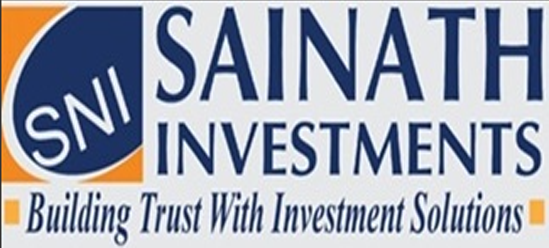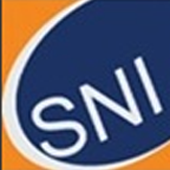Derivative is a product whose value is derived from the value of it’s under lying assets. This underlying entity can be an Equity trading, Commodity trading, Currency trading and Interest rate. It can be used for hedging, speculation and arbitrage opportunities.
Know the types of Derivatives
Futures: A futures contract is an agreement between two parties to buy or sell an asset at a certain time in the future at a certain price.
Options: An Option is a contract which gives the right, but not an obligation, to buy or sell the underlying at a stated date and at a stated price. While a buyer of an option pays the premium and buys the right to exercise his option, the writer of an option is the one who receives the option premium and therefore obliged to sell/buy the asset if the buyer exercises it on him.
Future Contract
– Futures are derivative contracts to buy or sell a specified quantity or underlying assets at an agreed price, on or before a specified time without ownership of Underlying asset.
– They are standardized forward contracts.
– Derivative market is a leverage market since Investor/Trader has to pay only fraction of total value of the contract as a margin to his broker.
– Currently in India at NSE F&O segment, we have 3 Expiry contracts available for trading. On last Thursday of each month these contracts expires and settled at the closing price of underlying cash market. (One day prior to the same if any exchange holiday on last Thursday)
Example:
Margins involved in Future contract
Initial Margin: Needs to pay at the time of entry of the particular contract.
Mark to mark margin: One has to pay, to maintain the position and a traders needs to understand the mechanism of M To M to get in Derivatives trading.
Margins are depended at VAR (Value at risk). Two types of margins: Span margin and Exposure margin.
Options
Call Options
A call option gives the buyer, the right to buy a specified quantity of the underlying asset at a strike price on or before expiry date. The seller however, has the obligation to sell the underlying asset if the buyer decides to exercise his option to buy.
Put Options
A Put Option gives the buyer, the right to sell a specified quantity of the underlying asset at a strike price on or before expiry date. The seller however, has the obligation to buy the underlying asset if the buyer decides to exercise his option to sell.
Option Pricing: Intrinsic value + Time Value
Strike Prices
In-the-Money: Option with Intrinsic value
At-the-Money: Exercise price= Market price
Out-of-the-Money: No intrinsic value, Only time value
Know the difference between Option Buyer & Option Seller
Option Buyer
Pays premium
Has the right to exercise resulting in a long position in the underlying
Time decay works against buyer
Risk limited, Reward unlimited
Option Seller
Collects premium
Has obligation if assigned, resulting in a short position in the underlying
Time decay works in favor of seller
Know the difference between Futures and Option Trading
Strategies to be used depending upon the market view
Bullish: Long future, Long call, Short put, Bull call spread, Bull put spread, Covered call put hedge
Bearish: Short future, Long put, Short call, Bear put spread, Bear call spread, Call hedge covered put
Range Bound: Short straddle, Short strangle, Long butterfly, Short strip, Short strap, Long condor
Volatile: Long straddle, Long strangle, Short butterfly, Long strip, Long strap, Short condor
Derivative Indicators
Open Interest
It is an important indicator that can help one in ascertaining the flow of funds. If the open interest rises with rise in price it is a bullish indication. If open interest rises and prices fall it is a bearish indication. If open interest falls and prices rise it is a sign of short covering by bears. If open interest falls and prices also fall it is a sign of profit booking by bulls or liquidation of positions.
Put Call Ratio
It helps in gauging the future direction of the market. If the Put call ratio rises then there is hope of higher prices in the near future. If the Put call ratio falls it is a sign of weakness in the market. Generally put call ratio is read along with volatility. PCR can be calculated by total out-standing open interest positions in puts and calls
Volatility
There are two types of volatility – historic volatility and implied volatility. Historic volatility is based on historic prices of the futures and implied volatility is based on the volatility calculated from options i.e. volatility implied by premiums in options. If volatility rises and PCR falls, it has bearish implications. If volatility falls and PCR rises, it has bullish implications.
Rollover
There are basically 3 contract Months available – Current, Next, Far Month. Each contract expires on its expiry day (Last Thursday of the respective month).
Rollover Trends








 Total Users : 16097
Total Users : 16097